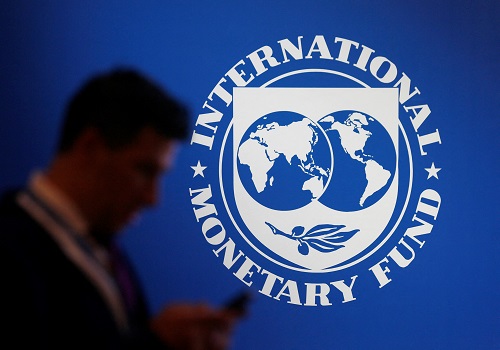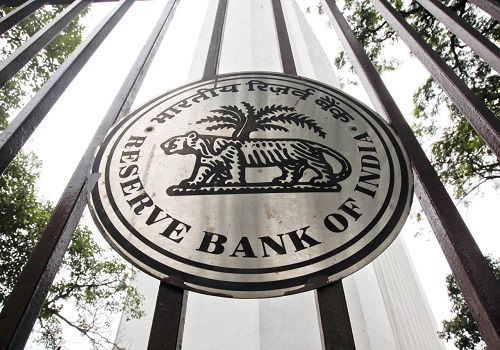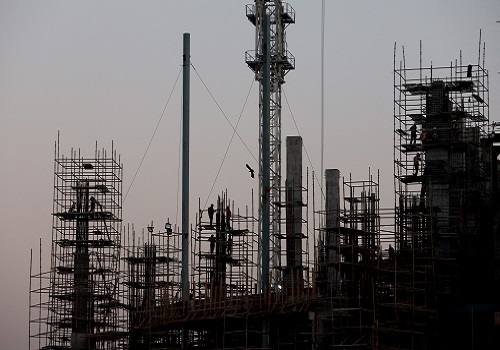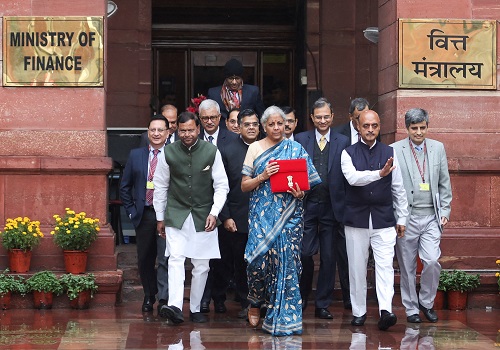India's economy to grow at 9% in FY22: IMF

Follow us Now on Telegram ! Get daily 10 - 12 important updates on Business, Finance and Investment. Join our Telegram Channel
The International Monetary Fund (IMF) in its latest update of World Economic Outlook has cut India's economic growth forecast to 9 per cent for the current fiscal year ending March 31 (FY22) from its earlier projection of a 9.5 per cent GDP growth, on concerns over the impact of a spread of new variant of coronavirus on business activity and mobility. The Indian economy had contracted by 7.3 per cent in the 2020-21 fiscal year. As per the report, the agency put the forecast for the next fiscal FY23 (April 2022 to March 2023) at 7.1 per cent. According to the IMF, India's prospects for 2023 are marked up on expected improvements to credit growth and, subsequently, investment and consumption, building on better-than-anticipated performance of the financial sector.
The IMF said that global growth is expected to moderate from 5.9 in 2021 to 4.4 per cent in 2022, half a percentage point lower for 2022 than in the October WEO, largely reflecting forecast markdowns in the two largest economies -- the US and China. It said a revised assumption removing the Build Back Better fiscal policy package from the baseline, earlier withdrawal of monetary accommodation, and continued supply shortages produced a downward 1.2 percentage-point revision for the United States.
In China, pandemic-induced disruptions related to the zero-tolerance COVID-19 policy and protracted financial stress among property developers have induced a 0.8 percentage-point downgrade. The global growth is expected to slow to 3.8 per cent in 2023. The report said ‘Although this is 0.2 percentage point higher than in the previous forecast, the upgrade largely reflects a mechanical pickup after current drags on growth dissipate in the second half of 2022. The forecast is conditional on adverse health outcomes declining to low levels in most countries by end-2022, assuming vaccination rates improve worldwide and therapies become more effective’.










Top News

India plans to increase women`s participation in aviation sector to 25pc by 2025: Ram Mohan ...
Tag News

Monthly Debt Market Update, September 2023: CareEdge Ratings





 320-x-100_uti_gold.jpg" alt="Advertisement">
320-x-100_uti_gold.jpg" alt="Advertisement">







